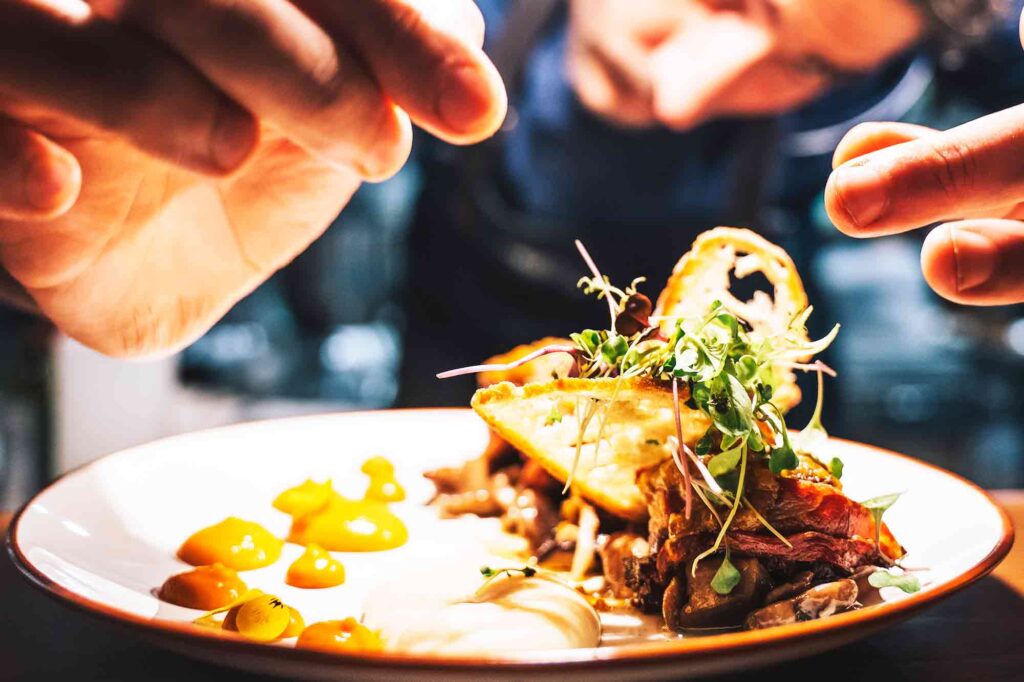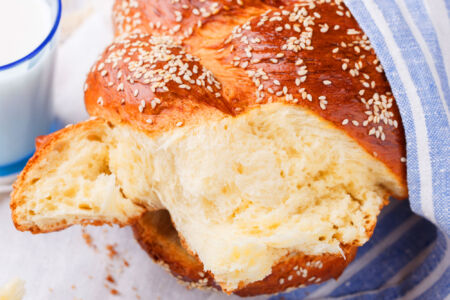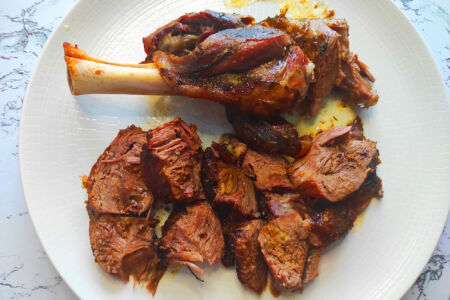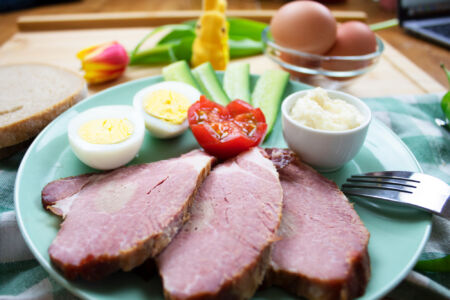The Art of Presentation: Plate Your Dishes like a Professional Chef
In the world of culinary delights, presentation is more than just a superficial aspect of a dish – it's an art form that can elevate a meal from good to unforgettable. Just as a painter meticulously arranges colors on a canvas, a chef crafts a masterpiece on a plate.
The art of presentation is an intricate dance between flavors, textures, colors, and shapes that stimulates not only the palate but also the eyes.
Here, we delve into the secrets of plating like a professional chef, unveiling tips and tricks that can turn your home-cooked meals into stunning visual feasts.
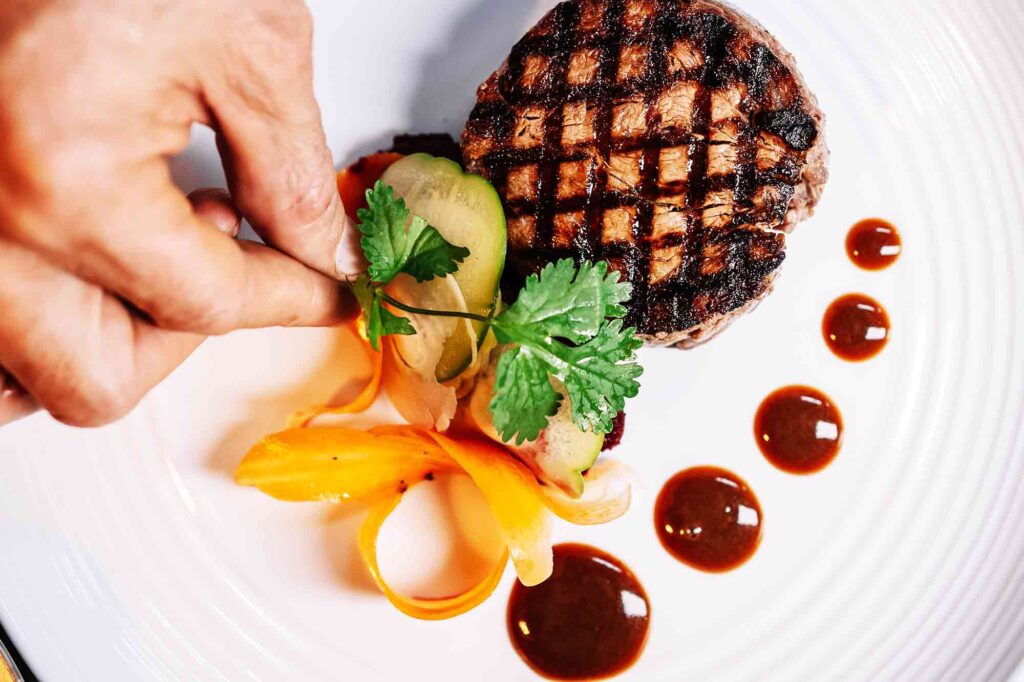
Balance and Composition
One of the fundamental principles of plating is achieving balance in the composition.
Consider the various elements of your dish – the protein, the starch, the vegetables, and sauces. Distribute them thoughtfully across the plate, creating harmony and a sense of completeness.
The rule of thirds, a concept borrowed from photography and art, can guide you in placing components strategically for a visually pleasing effect.

Color Palette
Just as artists select a color palette to set the tone of their work, chefs must consider the colors of their ingredients. Vibrant, contrasting colors can make a dish pop, while monochromatic schemes can convey elegance.
Use ingredients with natural hues to create a visually appealing plate. For instance, pairing the deep green of sautéed spinach with the rich orange of a sweet potato puree adds depth and visual interest.
Textures and Heights
Playing with textures adds depth to your presentation. Combine crispy with creamy, soft with crunchy, creating a tactile experience for diners. Additionally, varying the heights of your components can add dimension.
Stacking or layering elements gives the dish an element of drama and draws the eye.
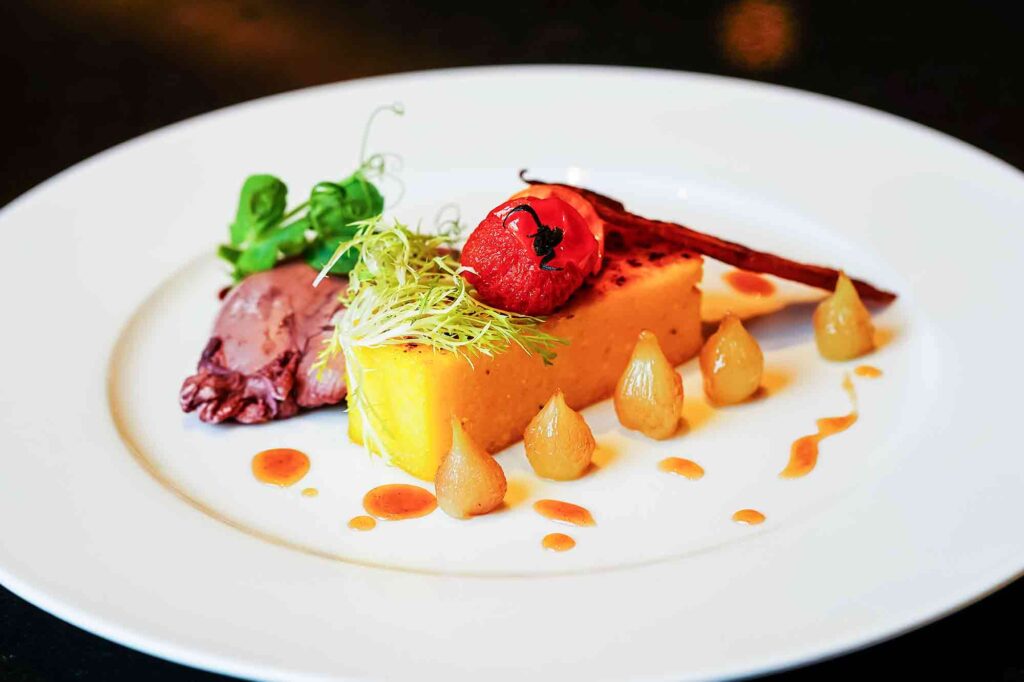
Garnishes with Purpose
Garnishes are more than just decorations, they can impart flavor and tie the dish together. Fresh herbs, edible flowers, or a drizzle of sauce can transform a plain dish into a work of art.
However, restraint is key – too many garnishes can overwhelm the plate.
Negative Space
Just as a painter uses negative space to direct focus, leaving areas of the plate empty can enhance the visual impact of your dish.
A well-utilized negative space creates breathing room and draws attention to the carefully plated components.
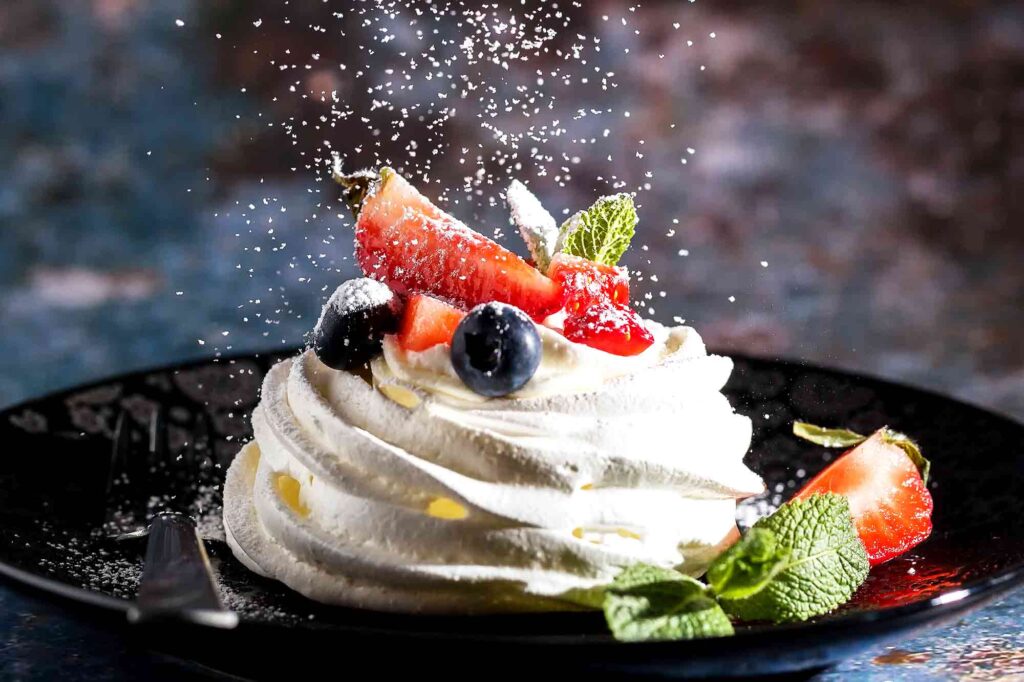
Plating Tools
Professional chefs often use an arsenal of plating tools, from squeeze bottles for sauces to tweezers for precise placement.
While these tools aren't mandatory, they can help you achieve intricate designs and meticulous arrangements.
Practice and Intuition
Like any skill, plating improves with practice. As you experiment with different arrangements, you'll develop an intuition for what works best. Trust your instincts and let your creativity flow.
In conclusion, the art of presentation is an integral aspect of culinary excellence. Just as a symphony combines various instruments to create a masterpiece, a beautifully plated dish weaves together flavors, textures, colors, and shapes to create a sensory experience like no other.
By following these tips and embracing your inner artist, you can transform your home-cooked meals into captivating works of culinary art that not only satiate the palate but also delight the eyes.

